
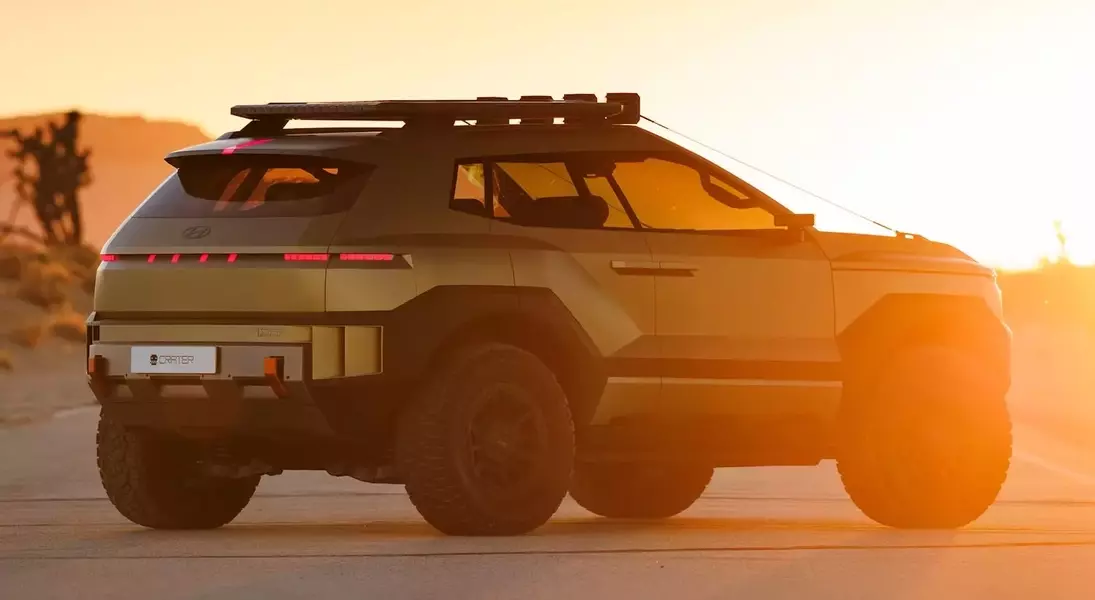
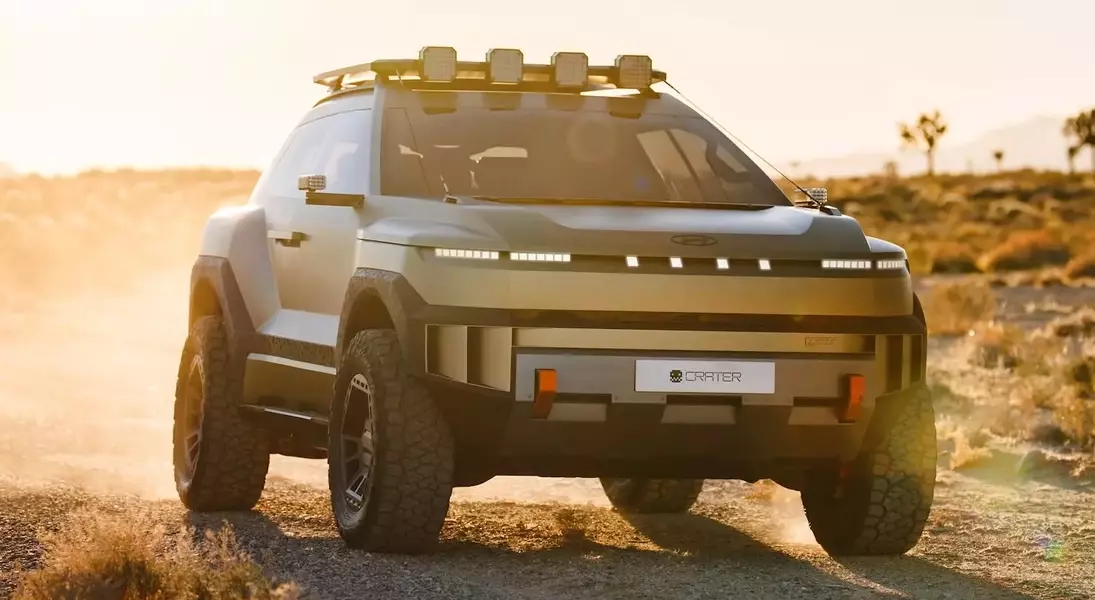
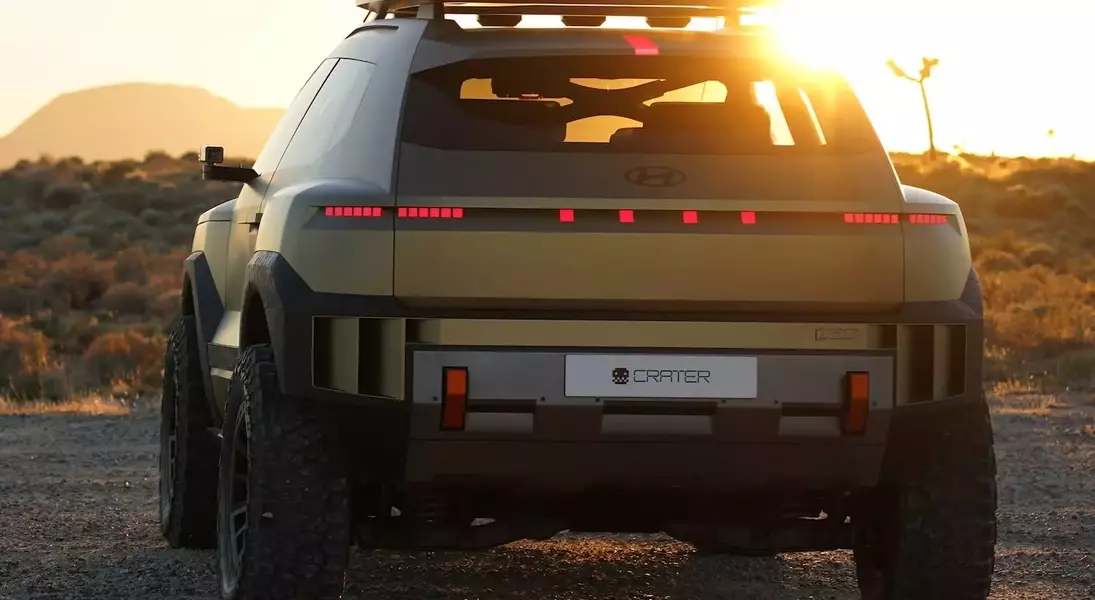

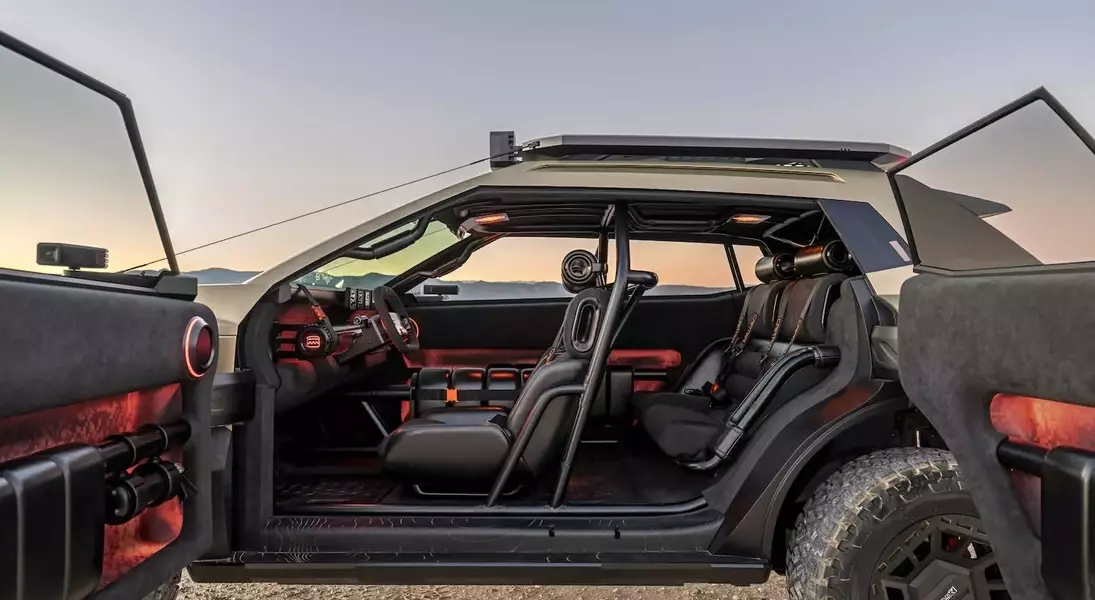
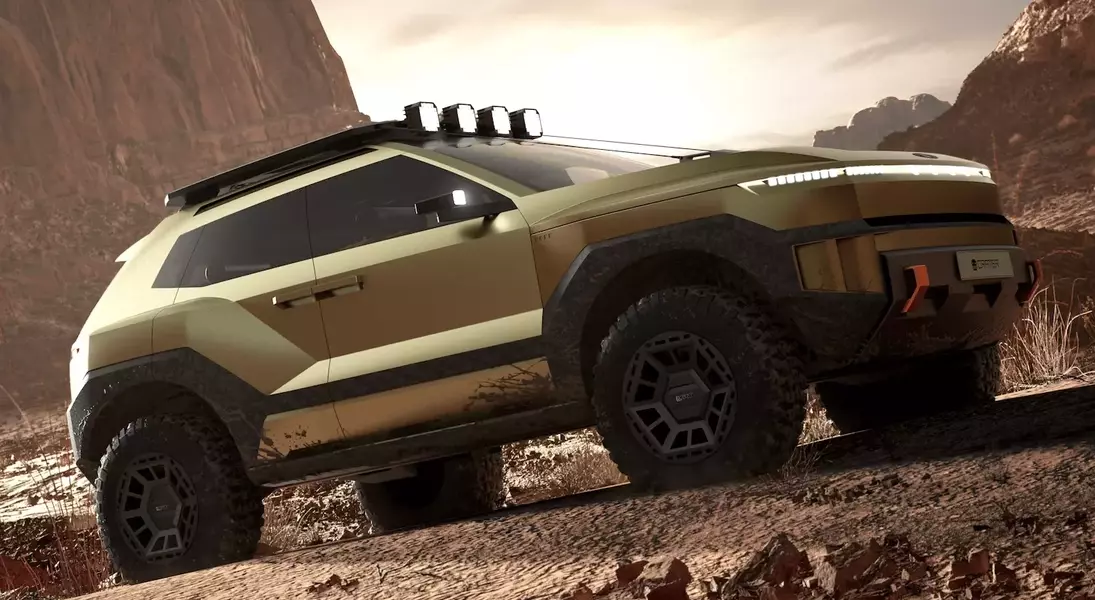
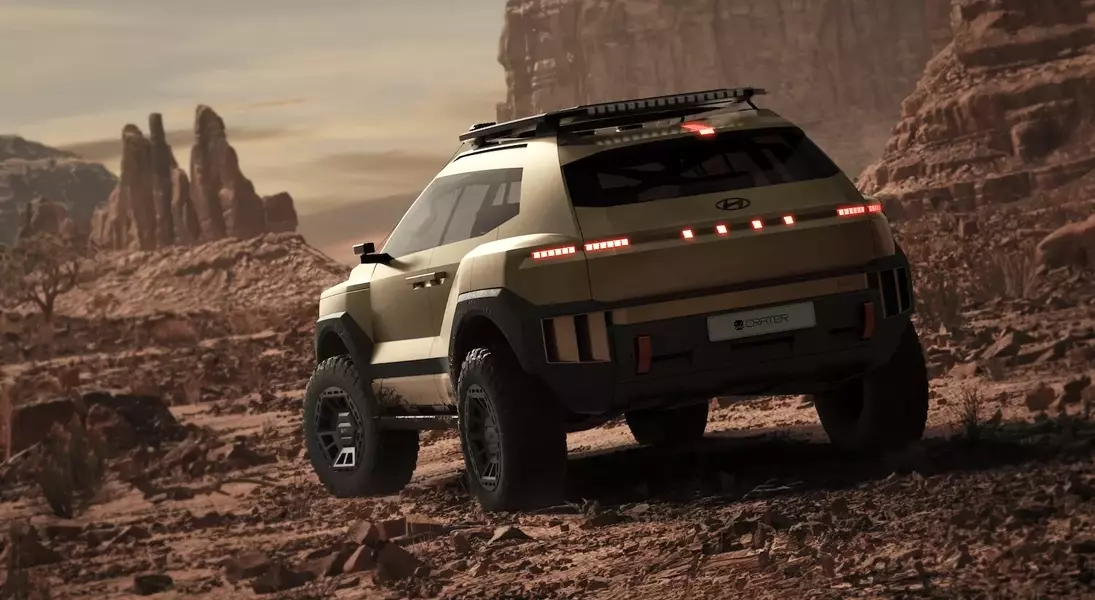
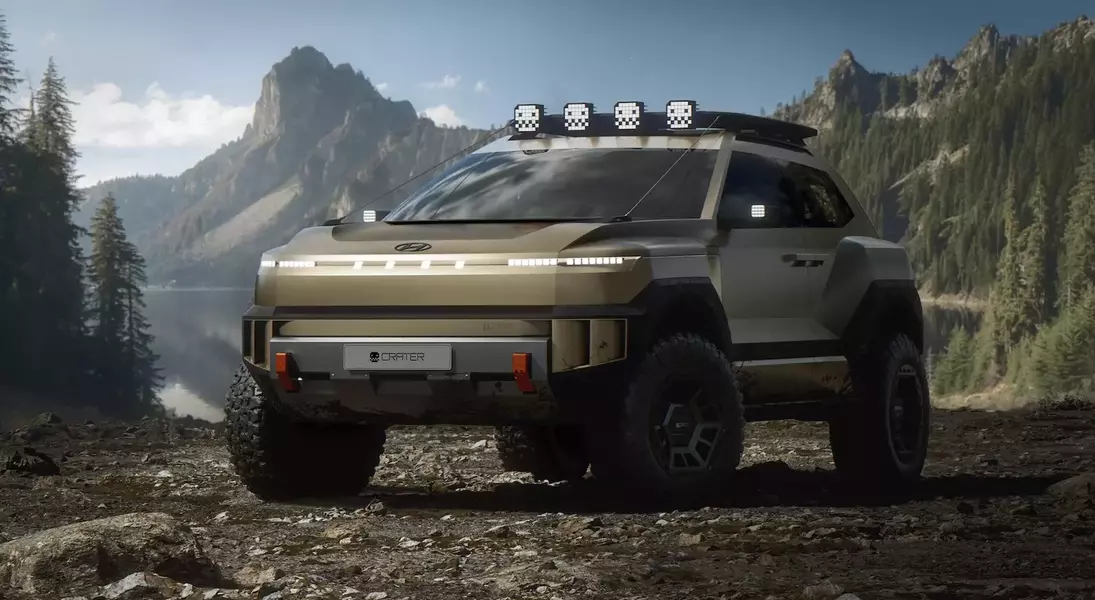
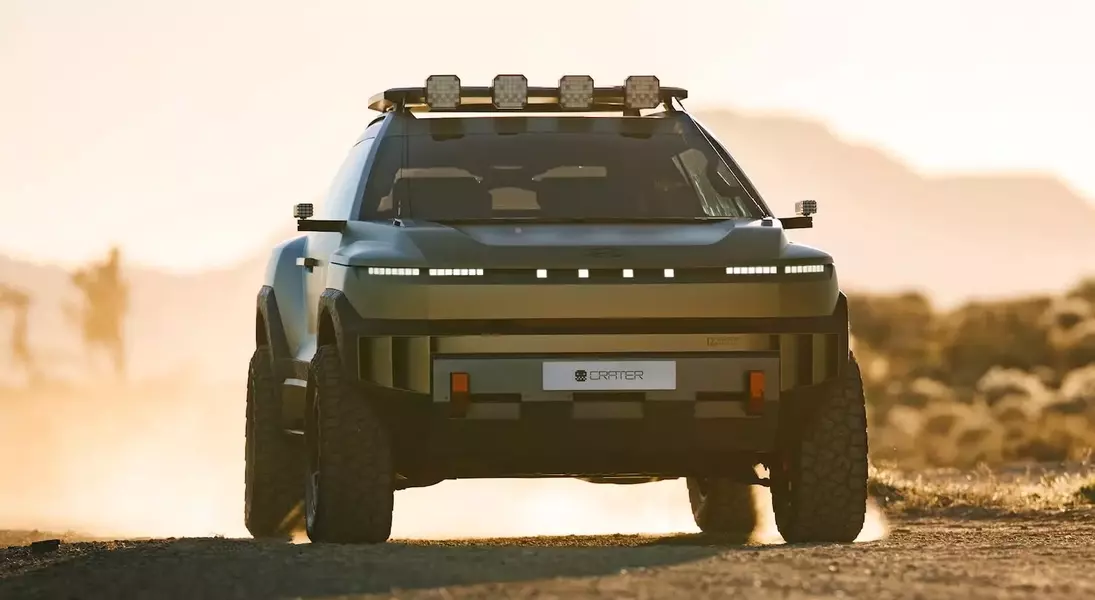
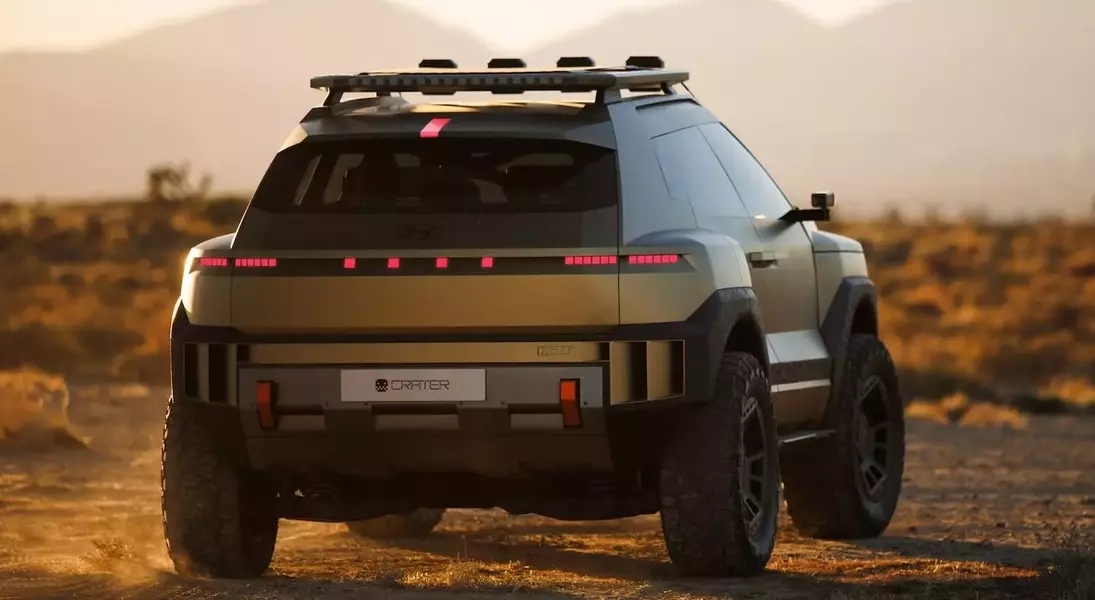
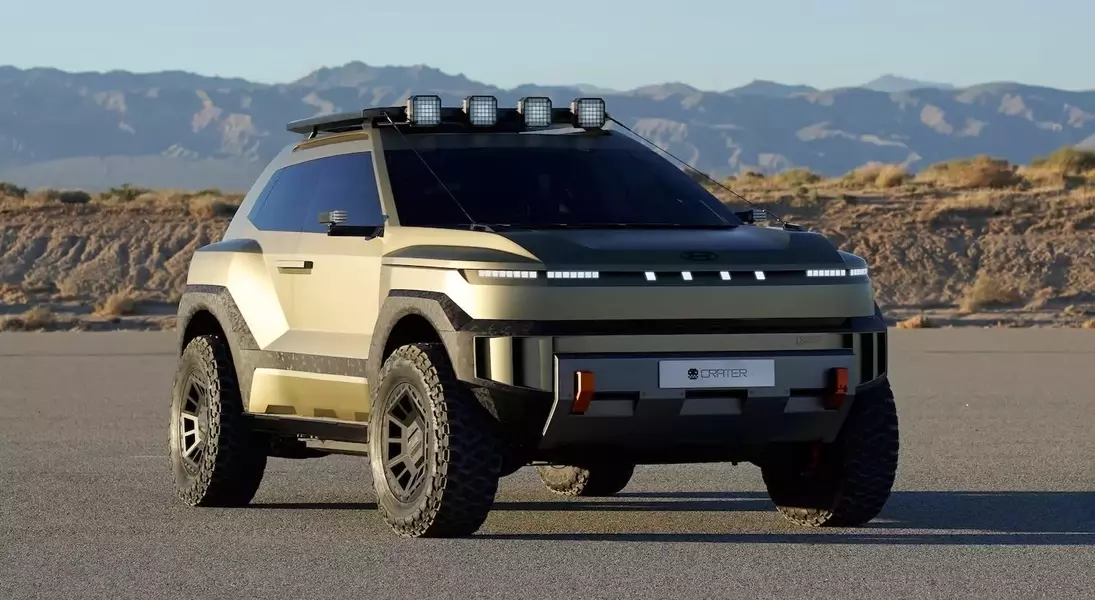

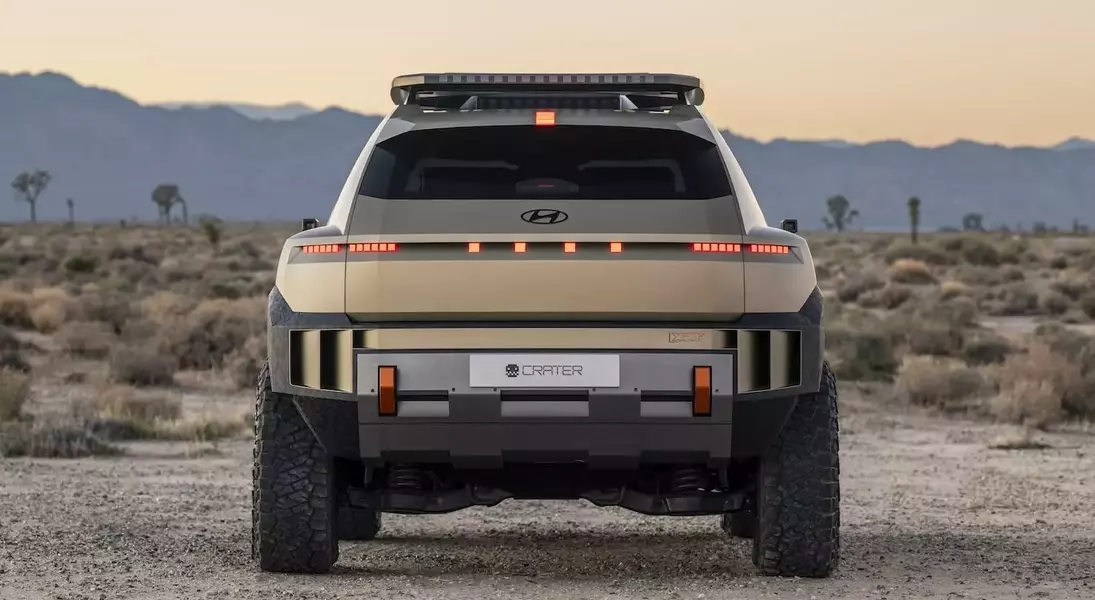
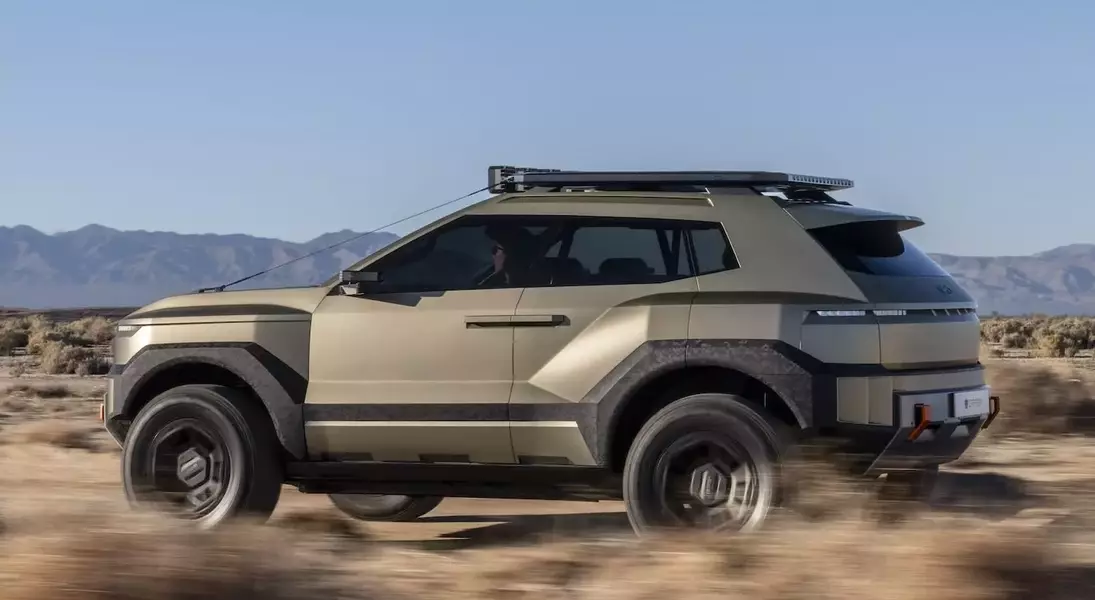
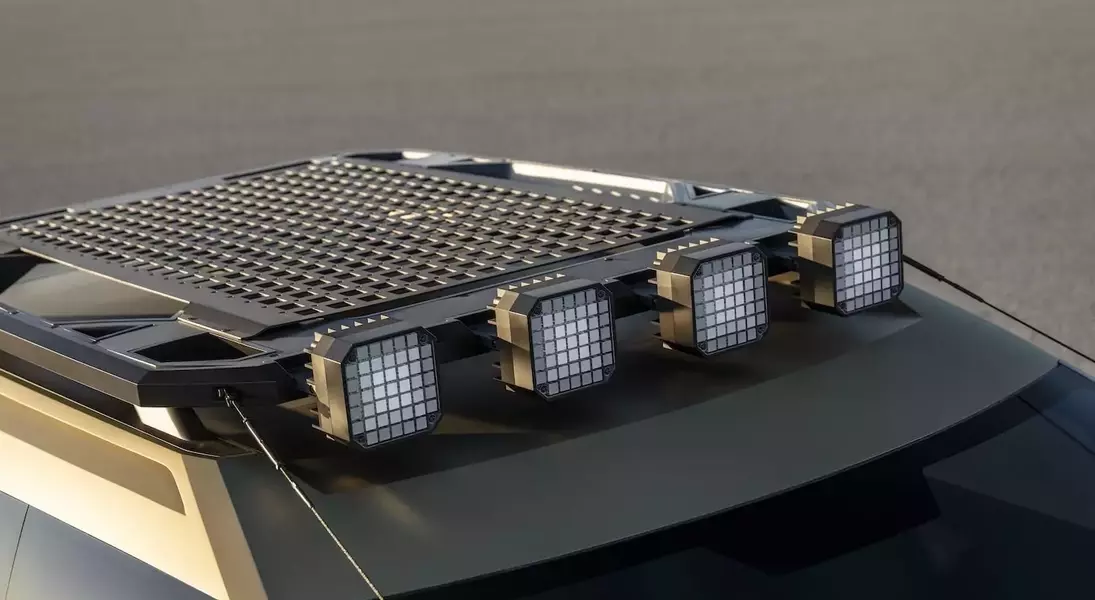
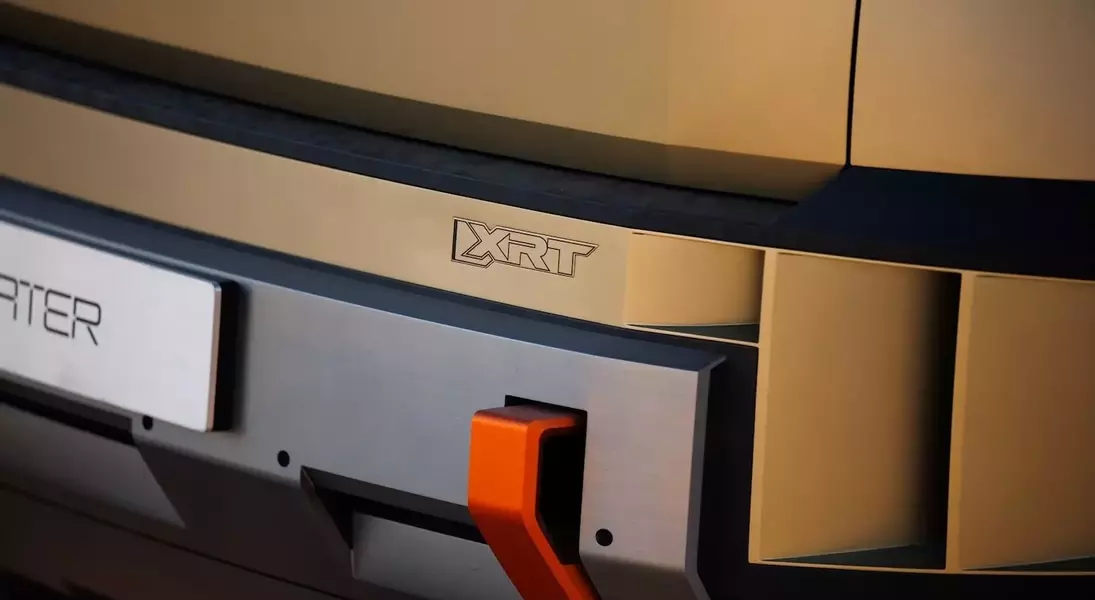

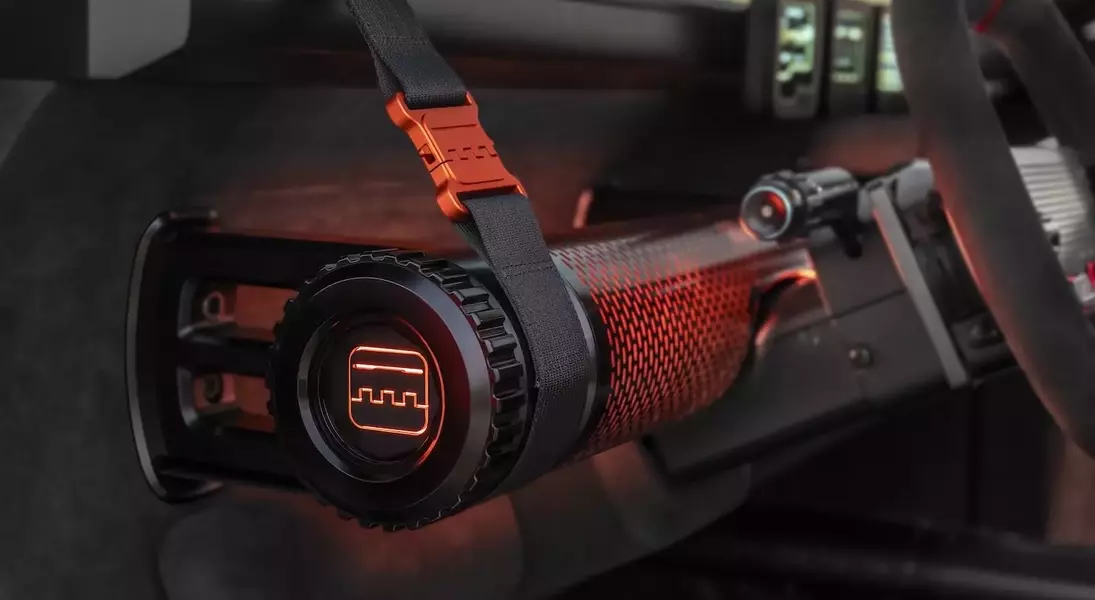
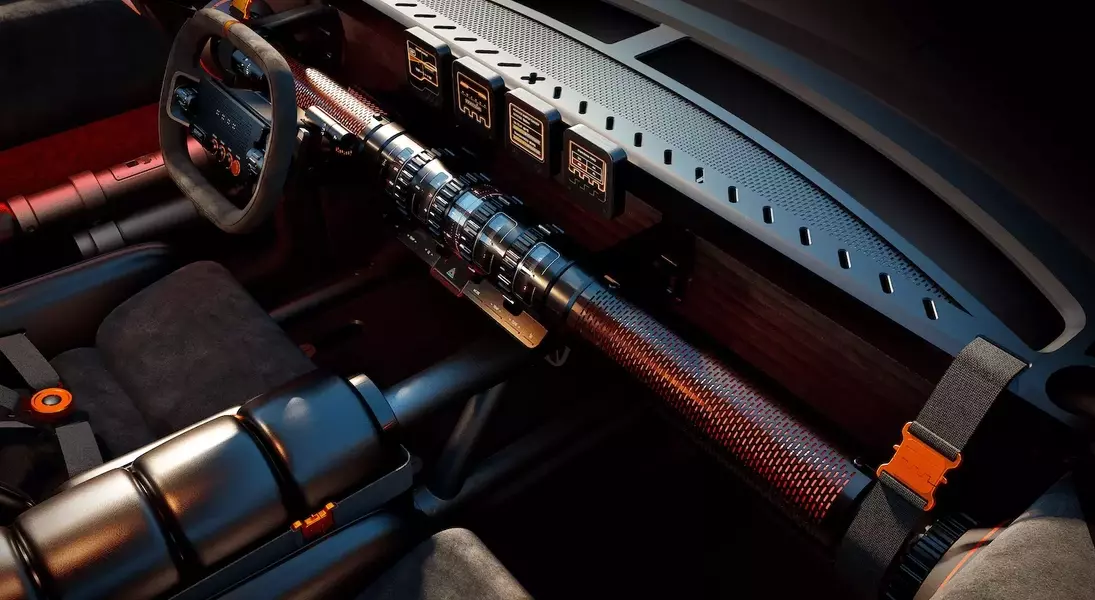
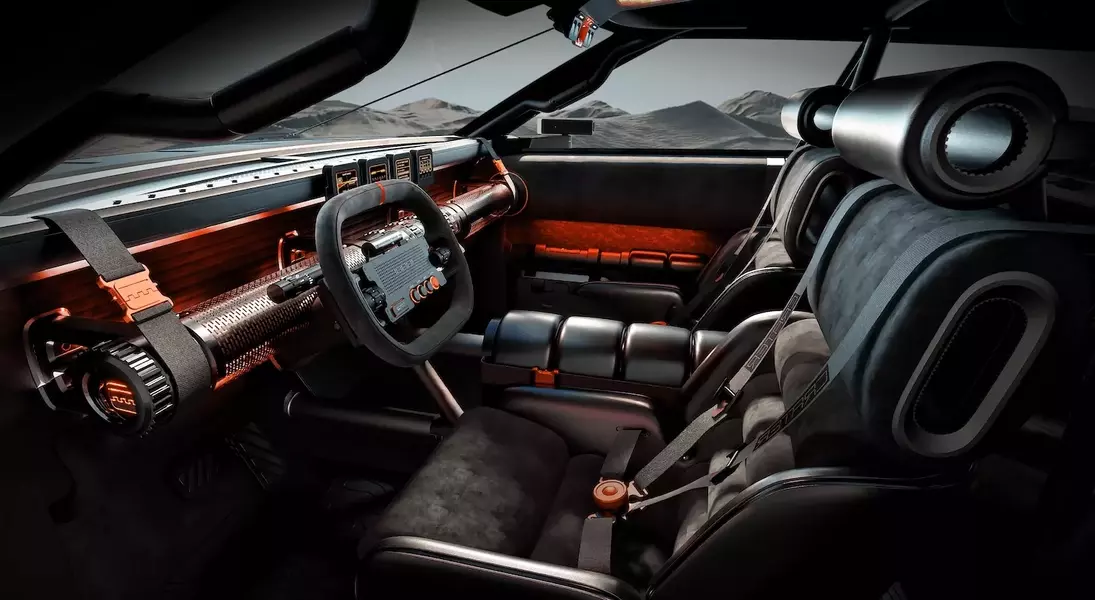


Conquering the Wild: The Hyundai Crater Concept Unveiled
Hyundai's Ambitious Vision for XRT Vehicles
Hyundai has progressively cultivated its XRT vehicle range over recent years, bestowing a more adventurous character upon models such as the Ioniq 5, Santa Cruz, and Palisade. The brand clearly recognizes the growing demand for such vehicles, evidenced by their strategic expansion beyond mere aesthetic upgrades. The debut of the Crater Concept at AutoMobility LA illustrates the extensive potential Hyundai envisions for its XRT philosophy in the coming years.
Exploring the Boundaries of Off-Road Capability
Far from being a solitary design study, Hyundai presents the Crater as a definitive exploration of its rugged vehicle aspirations. The company describes it as embodying freedom and capability, shaped by the demands of extreme terrain. This concept demonstrates the evolution of the XRT ethos beyond superficial styling. Through the Crater, Hyundai suggests that a durable, practical, and highly capable off-road SUV could become a cornerstone of its future product portfolio.
Form Meets Function: The Crater's Purpose-Driven Design
The Crater's exterior aesthetic, drawing inspiration from the brand's 'Art of Steel' design language seen in the Concept Three, features a blend of sharp lines, sturdy panels, and proportions optimized for genuine trail use. Its compact unibody structure, substantial underbody protection, steep approach and departure angles, large 33-inch tires, and integrated roof-mounted equipment all contribute to its adventurous purpose. Hyundai has even incorporated thoughtful additions like limb risers and detachable mirror-mounted cameras that also function as portable illumination devices.
Interior Engineering for Enduring Adventures
Inside, the vehicle prioritizes resilience and adaptability. The cabin incorporates practical design elements and utilizes durable yet comfortable materials, built to withstand the rigors of dirt and continuous use. Hyundai has also embraced a 'bring-your-own-device' (BYOD) strategy for its digital interface, empowering users to integrate their personal technology rather than relying on a proprietary infotainment system. This approach echoes similar innovations seen in vehicles like Slate's EV, where personal devices become the central control hub. Features such as contoured seating, an integrated roll cage, atmospheric lighting, and topographical patterns on interior surfaces reinforce its connection to outdoor exploration rather than urban sophistication.
Uncompromising Off-Road Essentials
The Crater is equipped with a comprehensive suite of off-road tools. These include a versatile multi-function controller with a gear-like tactile interface, locking differentials, controls for downhill assistance and trailer braking, and a terrain selection system offering settings for Snow, Sand, and Mud. A compass and altimeter complete the adventurous package. Hyundai has intentionally withheld power and powertrain specifications, aligning with its focus on showcasing design direction rather than raw performance figures. The Crater unequivocally conveys Hyundai's steadfast commitment to developing rugged, function-driven SUVs, moving beyond mere cosmetic enhancements and marketing rhetoric. This concept strongly suggests that a new era of highly capable, dirt-loving machines is on the horizon for Hyundai.
